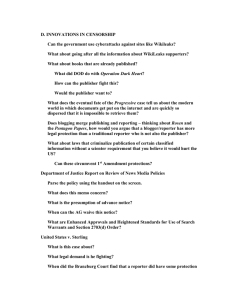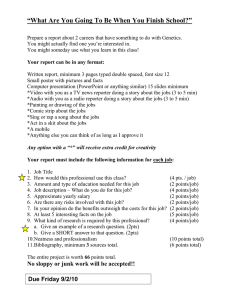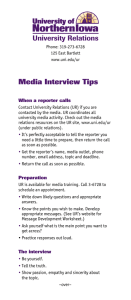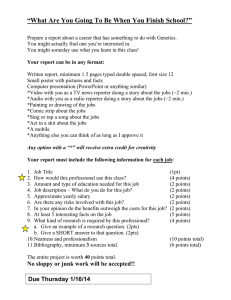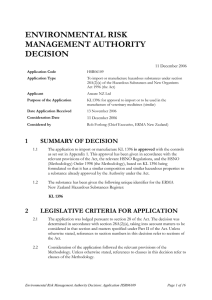Case Law - Reading a Case
advertisement
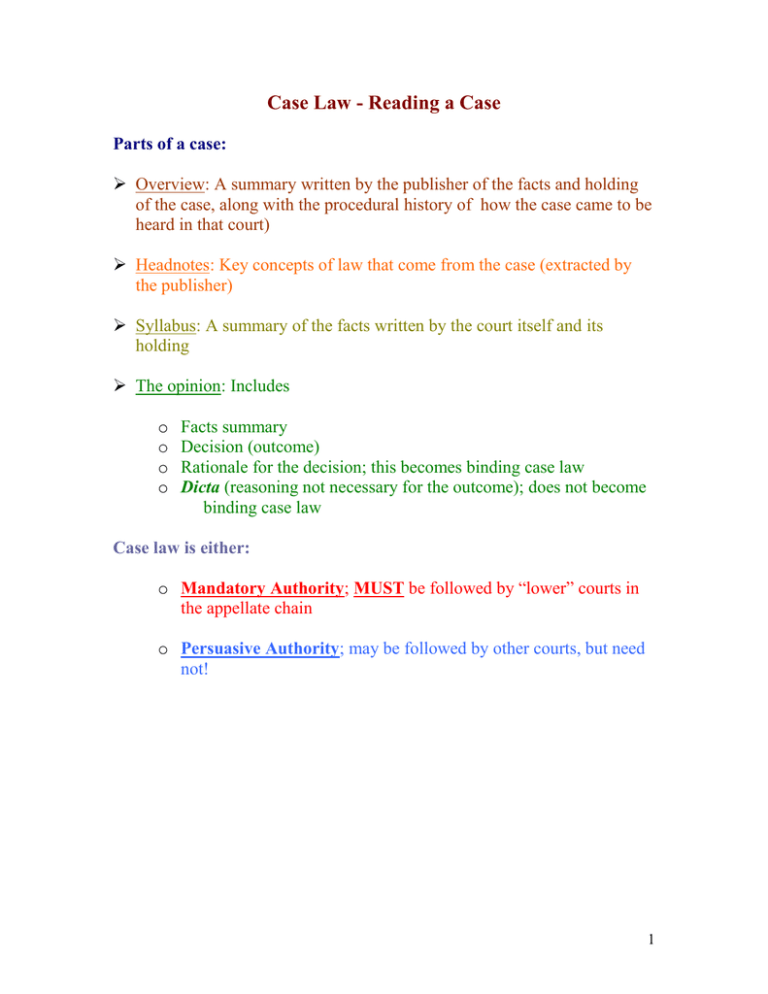
Case Law - Reading a Case Parts of a case: Overview: A summary written by the publisher of the facts and holding of the case, along with the procedural history of how the case came to be heard in that court) Headnotes: Key concepts of law that come from the case (extracted by the publisher) Syllabus: A summary of the facts written by the court itself and its holding The opinion: Includes o o o o Facts summary Decision (outcome) Rationale for the decision; this becomes binding case law Dicta (reasoning not necessary for the outcome); does not become binding case law Case law is either: o Mandatory Authority; MUST be followed by “lower” courts in the appellate chain o Persuasive Authority; may be followed by other courts, but need not! 1 Legal Research Sources I. Primary Sources (“the law”): Statutes, federal and state Cases, federal and state Supreme Court cases in: U.S. Reports, Supreme Court Reporter, “Lawyer’s Edition” Lower Federal Cases in: Federal Reporter series State cases in: State court reports and in “regional reporters” Both come with Indexes, which is used to find relevant cases and/or statutes! Be sure to check all volumes for “pocket parts”! (updates) II. Secondary Sources (commentary): - Treatises - Restatements - Digests - American Law Reports (ALR) - Law Review Articles - Legal Periodicals 2 Legal Citations The general citing convention for all legal publications is: Name of Document (if applicable), Volume # Name of Publication Page # (or section #), Pinpoint Page or subsection (forum, year) Examples: Case: Mas v. Perry, 489 F.2d 1396 (5th Cir. 1974) This tells you: - The parties in the case were Mas and Perry - This case can be found in volume 489 of the 2nd edition of the Federal Reporter - The case begins on page 1396 in that volume - The case took place in the Fifth Circuit Court of Appeals - The case was decided in 1974 Pinpoint Citation (used when you want to point the reader to a specific part of the case): White v. Halstead Industries, Inc., 750 F. Supp. 395, 403 (E.D. Ark. 1990) This case can be found in volume 750 of the Federal Supplement. The case begins on page 395; but the author is pointing the reader to something on page 403. Statute: 18 U.S.C. § 2001 This refers to a statute that appears in Title 18 of the United States Code, in section 2001. Secondary source: Russ VerSteeg, RUNNING SCARED: NEGLIGENCE AND THE RUNNING BOOM, 4 Seton Hall J. Sports L. 447 (1994). 3
